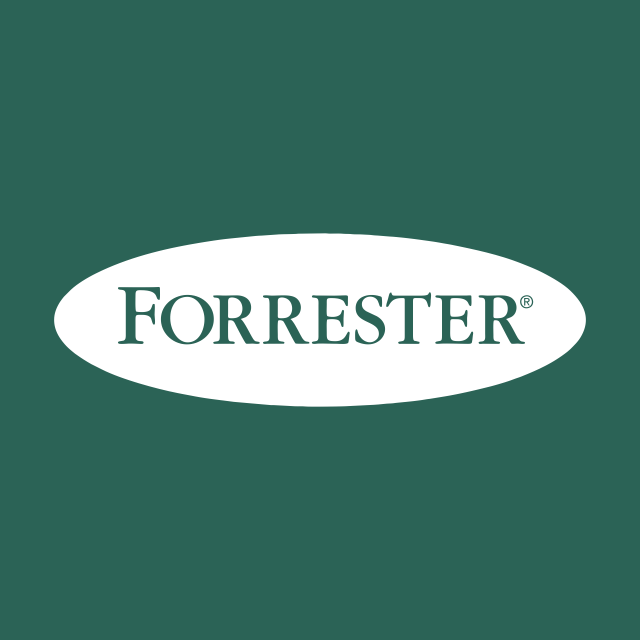Company Analysis Forrester Research
1. Summary
Advantages
- The stock's return over the last year (-42.1%) is higher than the sector average (-46.23%).
- Current debt level 14.4% is below 100% and has decreased over 5 years from 20.42%.
Disadvantages
- Price (9.31 $) is higher than fair price (3.46 $)
- Dividends (0%) are below the sector average (1%).
- The company's current efficiency (ROE=-2.45%) is lower than the sector average (ROE=32.87%)
Similar companies
2. Share price and performance
2.1. Share price
2.3. Market efficiency
| Forrester Research | Industrials | Index | |
|---|---|---|---|
| 7 days | 8% | 2.7% | 0.4% |
| 90 days | -13.8% | -45.9% | 7.4% |
| 1 year | -42.1% | -46.2% | 17.3% |
FORR vs Sector: Forrester Research has outperformed the "Industrials" sector by 4.13% over the past year.
FORR vs Market: Forrester Research has significantly underperformed the market by -59.43% over the past year.
Stable price: FORR is not significantly more volatile than the rest of the market on "NASDAQ" over the last 3 months, with typical variations of +/- 5% per week.
Long period: FORR with weekly volatility of -0.8097% over the past year.
3. Summary of the report
5. Fundamental Analysis
5.1. Stock price and price forecast
Above fair price: The current price (9.31 $) is higher than the fair price (3.46 $).
Price is higher than fair: The current price (9.31 $) is 62.8% higher than the fair price.
5.2. P/E
P/E vs Sector: The company's P/E (-33.88) is lower than that of the sector as a whole (31.14).
P/E vs Market: The company's P/E (-33.88) is higher than that of the market as a whole (-80.5).
5.3. P/BV
P/BV vs Sector: The company's P/BV (1.31) is lower than that of the sector as a whole (20.38).
P/BV vs Market: The company's P/BV (1.31) is lower than that of the market as a whole (51.89).
5.3.1 P/BV Similar companies
5.5. P/S
P/S vs Sector: The company's P/S indicator (0.6971) is lower than that of the sector as a whole (5.07).
P/S vs Market: The company's P/S indicator (0.6971) is lower than that of the market as a whole (137.42).
5.5.1 P/S Similar companies
5.5. EV/Ebitda
EV/Ebitda vs Sector: The company's EV/Ebitda (8.87) is lower than that of the sector as a whole (16.35).
EV/Ebitda vs Market: The company's EV/Ebitda (8.87) is higher than that of the market as a whole (-47.95).
6. Profitability
6.1. Profitability and revenue
6.2. Earnings per share - EPS
6.3. Past profitability Net Income
Yield Trend: Negative and has fallen by -31.51% over the last 5 years.
Accelerating profitability: The return for the last year (0%) exceeds the average return for 5 years (-31.51%).
Profitability vs Sector: The return for the last year (0%) is lower than the return for the sector (1.99%).
6.4. ROE
ROE vs Sector: The company's ROE (-2.45%) is lower than that of the sector as a whole (32.87%).
ROE vs Market: The company's ROE (-2.45%) is higher than that of the market as a whole (-10.25%).
6.6. ROA
ROA vs Sector: The company's ROA (-1.08%) is lower than that of the sector as a whole (7.24%).
ROA vs Market: The company's ROA (-1.08%) is lower than that of the market as a whole (39.65%).
6.6. ROIC
ROIC vs Sector: The company's ROIC (0%) is lower than that of the sector as a whole (13%).
ROIC vs Market: The company's ROIC (0%) is lower than that of the market as a whole (8.73%).
8. Dividends
8.1. Dividend yield vs Market
Low yield: The dividend yield of the company 0% is below the average for the sector '1%.
8.2. Stability and increase in payments
Dividend stability: The company's dividend yield 0% has been steadily paid over the past 7 years, DSI=0.86.
Dividend growth: Company's dividend yield 0% has been growing over the last 5 years. Growth over 11 years.
8.3. Payout percentage
Dividend Coverage: Current payments from income (0.8197%) are at an uncomfortable level.
9. Insider trades
9.1. Insider trading
Insider Buying Exceeds insider sales by 100% over the last 3 months.
9.2. Latest transactions
| Transaction date | Insider | Type | Price | Volume | Quantity |
|---|---|---|---|---|---|
| 01.03.2025 | Johnson Carrie Chief Product Officer |
Purchase | 10.86 | 65 386 | 6 018 |
| 01.03.2025 | Leaver Sharyn Chief Research Officer |
Purchase | 10.86 | 44 253 | 4 073 |
| 01.03.2025 | Darrah Ryan Chief Legal Officer |
Purchase | 10.86 | 37 452 | 3 447 |
| 01.03.2025 | Facemire Michael Chief Technology Officer |
Purchase | 10.86 | 3 129 | 288 |
| 01.03.2025 | Finn Leo Christian Chief Financial Officer |
Purchase | 10.86 | 68 080 | 6 266 |
Pay for your subscription
More functionality and data for company and portfolio analysis is available by subscription
Based on sources: porti.ru



